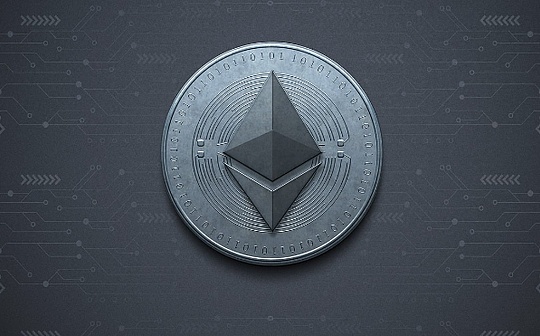
Thanks to the boss for his insightful insights and learned a lot.I really found that this matter can be big or small. Insiders can see the tricks and laymen can watch the fun.A few more points:
1) Seeing that overseas big Vs use this incident Fud Bitcoin, the reason is that they see that the current mining pool computing power accounts for. The top two mining pools Foundry USA (33.6%) and AntPool (17.9%) have combined more than 51%, so they came to a rough conclusion.If the two major mining pools work together, Bitcoin will also be a pill.This is a typical incident where laymen watch the fun, because he ignored two points:
1. Two mining pools account for 51% and one mining pool exceeds 51% are completely different things, both in the sky and under the earth;
2. The computing power of the mining pool does not mean that the computing power of the miners is completely bribed. When the computing power of a single mining pool is too high, miners avoid risks and usually choose to cut computing power to avoid risks;
So Satoshi Nakamoto’s POW consensus has come to this point.Combining factors such as computing power, economy, and interest games have reached a delicate balance, there is almost no possibility of being broken in the short term, so people who take advantage of this matter to calm down.
2) Acknowledging the Monero problem mentioned by Teacher Zhang Ren does not equal the problem of POW.Even if POW has security risks under extreme conditions, it does not mean that POS is completely the optimal solution..
In fact, there are problems with POW, which are the best solutions for ASIC as a moat, avoiding the pits of general CPU/GPU mining. Taking a step back, even pure CPU/GUP mining chains, there are various challenges to try to attack by relying on a disclosed miner bribery method. For example, the exchange increases the number of confirmations, the miner increases checkpoint, etc., which can reduce the probability of being attacked.
You see, when talking about POW, focus on POW, and there will be understanding biases when comparing across consensus. In fact,Breaking out of consensus, each of them has its own security risk boundaries, of course, the way of confrontation is different, and you cannot be more favorable than the other..
3) I saw that teacher 0xTodd reposted my post and talked about the concept of “selfish mining”. A simple understanding is that miners should broadcast it immediately after digging blocks, but selfish miners will secretly hide the dug blocks to form a “private chain”.When the honest miner announced the new block, the selfish miner suddenly released the longer chain he had hidden, causing all the work of the honest miner to be invalidated.
This is actually a very rogue approach and is also the main attack method of Qubic this time. In fact, its computing power does not really reach 51% and may control about 30%, so it can temporarily realize the theoretical “double-spending attack”?Because 30% of miners are used to mine selfishly, forming a shadow chain. When the honest miner digs out a new block, Qubic suddenly releases a longer chain that it hides, causing a large number of real miner blocks to be invalidated, which can theoretically cause more than 51% of the computing power to destroy.In addition, if the miner nodes controlled by Qubic are widely distributed, the proportion of computing power can be further reduced by using factors such as network delay, and the same effect of controlling the computing power of the entire network can be achieved.
So,Qubic’s attack this time is very contingent and concealed, which means that once this method is disclosed, the threshold will be higher if the same trick is reused again..
4) But I talked to the n33k security guy with one possibility, that is, Qubic no longer re-uses the same trick, but uses a “frog-boiled” attack to operate, further bribing miners to increase the scale of their own mining pools, and then let some miners deliberately hollow out blocks to create chaos for the normal operation of the Monero network.
If this continues, more and more Monroe miners will escape. After all, the income will be reduced and the experience will be very bad. As a result, the computing power controlled by Qubic will gradually be larger, until more than 50%, and no one will have to play Game over.This kind of chronic attack is actually quite terrible.
While there is no reason to prove that Qubic needs to do so, there is a possibility of such a “parasite” chronic attack.Because Qubic doesn’t have to worry about some miners hollowing out blocks in Monroe in the early stage, they will also receive XMR rewards and can also do AI training. If Monroe loses his money in the middle and late stages, they may also attack other chains such as Grin and Beam.During the whole process, Qubic can always stick to its AI training main line, and the logic is reasonable.
Because when the demand for AI computing power grows exponentially and when mining is no longer the only place for computing power, the rules of the game itself change.The cost of attacking the network was “pure money burning”, but now, AI training is the “extra funder” to pay for it – the cost of attack is hedged by AI benefits.
This is my biggest concern in that article: AI demand is breaking the basic assumption of general-purpose CPU/GPU POW mining – “Miners rely on mining income, so they will maintain the network.”When computing power has a more profitable place, this assumption is no longer valid.Although the process will be slow, there is always this possibility.







